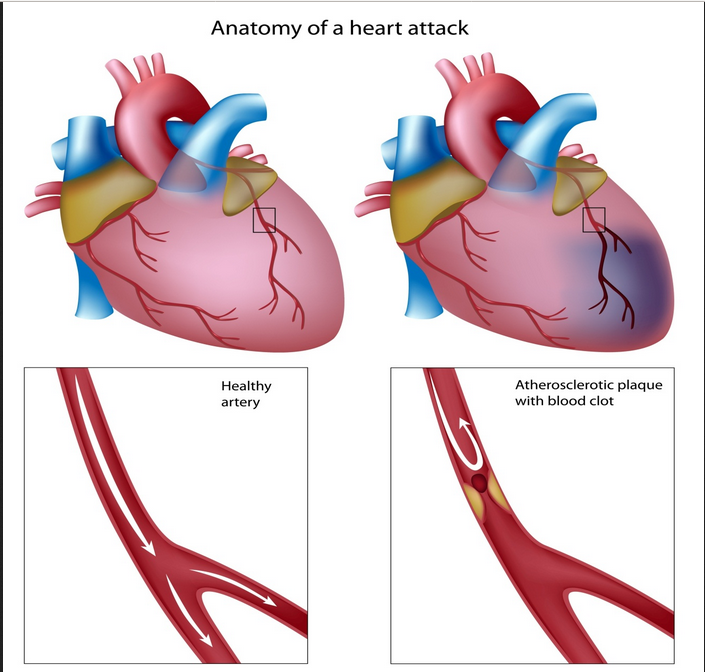 Introduction:
Introduction:
The heart, a marvel of biological engineering, serves as the central powerhouse of the human body's circulatory system. Beyond its symbolic significance, the heart plays multifaceted roles essential for sustaining life. In this article, we delve into the intricate functions of the heart, exploring its mechanisms, regulatory processes, and significance in human physiology.
Anatomy of the Heart:
The human heart is a muscular organ roughly the size of a fist, located slightly left of the center of the chest. Encased within the protective confines of the rib cage, the heart comprises four chambers: two atria (upper chambers) and two ventricles (lower chambers). The right atrium receives deoxygenated blood from the body via the superior and inferior vena cavae, while the left atrium receives oxygenated blood from the lungs through the pulmonary veins. The atria contract to push blood into the ventricles, which then pump blood out of the heart to the rest of the body (left ventricle) and to the lungs for oxygenation (right ventricle).
Functions of the Heart:
1. **Pumping Blood:** The primary function of the heart is to pump blood throughout the body, delivering oxygen and nutrients to cells and tissues while removing carbon dioxide and metabolic waste products. This continuous circulation ensures the proper functioning of all bodily systems and organs.
2. **Generating Blood Pressure:** As the heart contracts and relaxes, it creates pressure within the blood vessels, propelling blood forward through the arteries, capillaries, and veins. Blood pressure is essential for maintaining adequate perfusion to vital organs and tissues.
3. **Regulating Blood Flow:** Through its intricate network of valves and chambers, the heart regulates the direction and flow of blood, preventing backflow and ensuring efficient circulation. The atrioventricular (AV) valves (tricuspid and mitral) prevent the backflow of blood from the ventricles to the atria during ventricular contraction, while the semilunar valves (aortic and pulmonary) prevent blood from flowing back into the ventricles after contraction.
4. **Electrical Conduction:** The heart has its internal electrical conduction system, coordinated by specialized cells in the sinoatrial (SA) node, atrioventricular (AV) node, bundle of His, and Purkinje fibers. This electrical conduction system regulates the heartbeat by initiating and coordinating the rhythmic contractions of the atria and ventricles, ensuring proper cardiac function.
5. **Oxygenation and Circulation:** The heart works in tandem with the lungs to oxygenate the blood and circulate it throughout the body. Deoxygenated blood from the body enters the right side of the heart and is pumped to the lungs, where it picks up oxygen and releases carbon dioxide. Oxygen-rich blood returns to the left side of the heart and is then pumped out to the rest of the body.
6. **Endocrine Function:** The heart produces and secretes several hormones, including atrial natriuretic peptide (ANP) and brain natriuretic peptide (BNP), which help regulate blood pressure, fluid balance, and electrolyte levels in the body. These hormones play a crucial role in maintaining cardiovascular homeostasis.
7. **Temperature Regulation:** The heart helps regulate body temperature by adjusting blood flow to the skin and extremities. During periods of increased activity or environmental heat, the heart redistributes blood flow to dissipate heat through the skin, helping to maintain optimal body temperature.
Conclusion:
The heart is a remarkable organ with diverse and essential functions that are fundamental to human survival. From pumping blood and regulating circulation to generating electrical impulses and maintaining homeostasis, the heart plays a central role in every aspect of human physiology. Understanding the intricacies of its structure and function is vital for appreciating the complexity of cardiovascular health and disease. By prioritizing heart health through lifestyle choices, regular exercise, and preventive care, individuals can optimize cardiac function and enhance overall well-being. As the cornerstone of vitality and longevity, the heart deserves our utmost attention and care.



You must be logged in to post a comment.